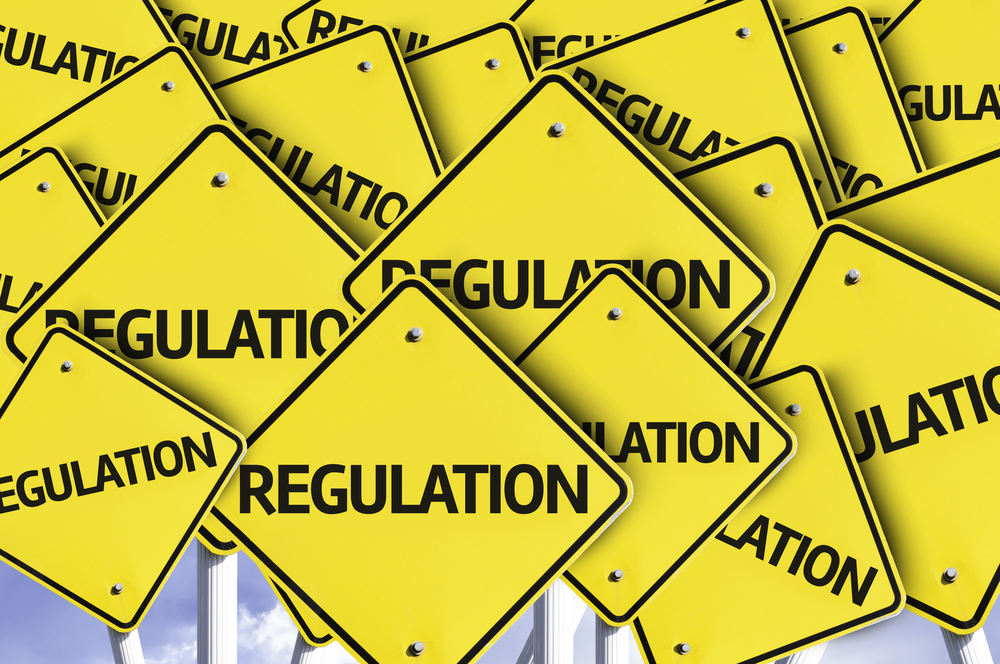The European Union’s Medical Device Regulation: What You Need To Know

The beauty of medical technology is that it can help save lives from one corner of the globe to another. And of course, a worldwide market offers up new opportunities for revenue.
But the European Union’s Medical Device Regulation (MDR) may change that, as anyone hoping to do business in the European market will need to abide by all 174 pages of it by 2020. The MDR combines two existing regulations, the Medical Devices Directive (MDD) and the Active Implantable Medical Devices Directive (AIMD), and updates them for the 21st century. With a focus on the entire lifecycle of a device—and the responsibility companies have to protect providers and patients— manufacturers will see a longer commitment to client usability and success.
For companies that are based in or do business within Europe, this is what you need to know about transitioning to the MDR by 2020.
The Unique Device Identification Mandate
The EU’s old regulations were established before modern methods for tracking and accountability, so new devices must have a unique identifier, and the entire production run must be marked with a production identifier.
Manufacturer’s General Obligations
A significant change in the MDR is the requirement that manufacturers have a quality management system (QMS), and must stay compliant with it. Now, manufacturers will need to maintain this QMS throughout the lifespan of the product in collaboration with users.
Patient Compensation And Defective Products
Akin to a manufacturer’s commitment to maintain a product, the new regulations also require a company to put their name behind it. Companies will need to provide evidence of coverage to compensate patients should they receive a defective product.








